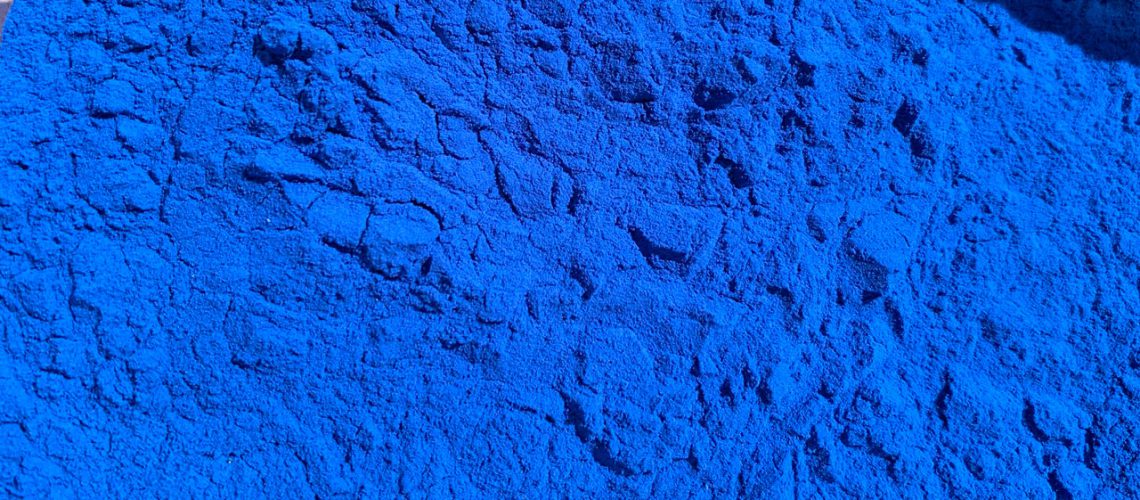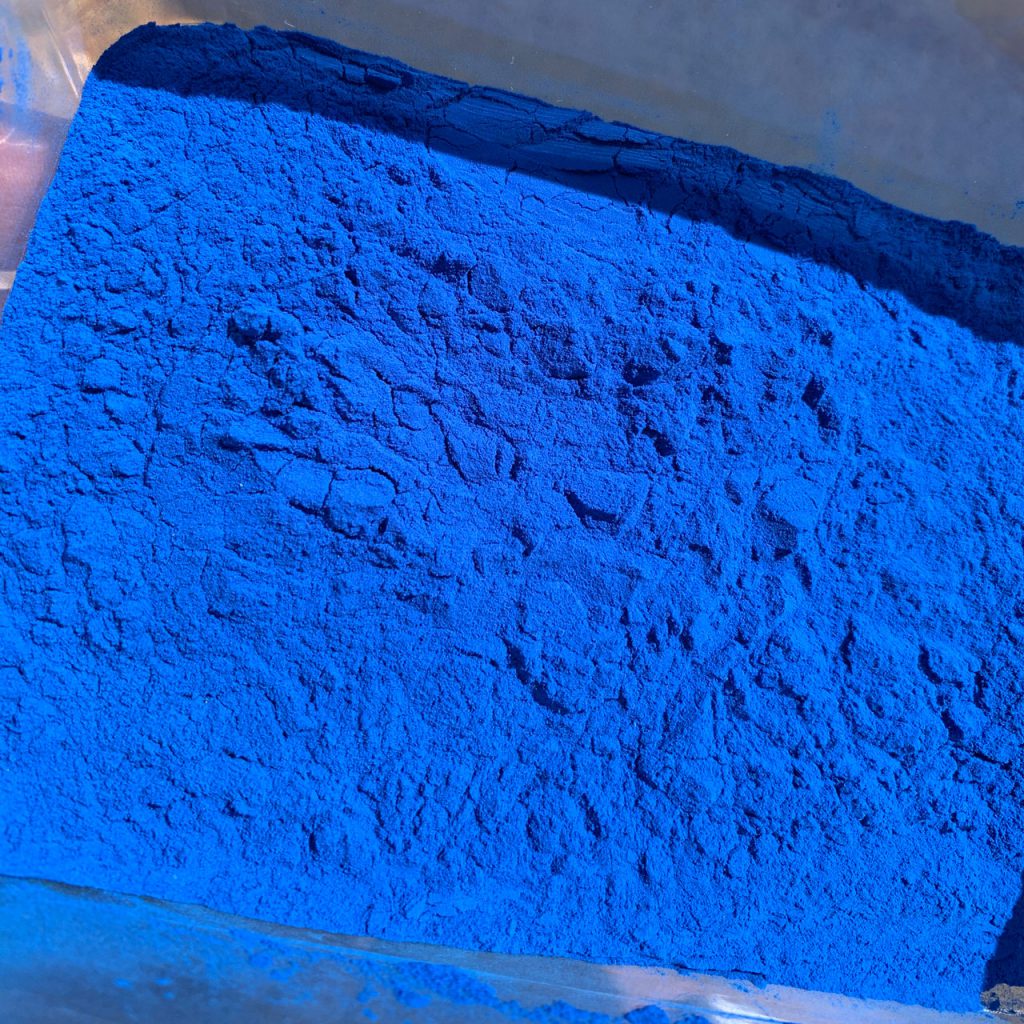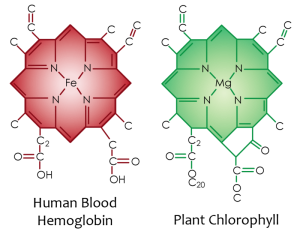Free Shipping Australia Wide
Made with under the sun daily.
Free Shipping Australia Wide
Made with under the sun daily.

What is Phycocyanin by Eric Bakker ND – Candid Crusher (3:45)
Phycocyanin is a phytonutrient (a protein pigment) its natural light is blue and is present in Spirulina. Phycocyanin is the responsible component of the blue colour of the blue-green colour of the spirulina microalgae.

The phycocyanin evolved billion years before the green chlorophyll and in fact, is considered to be the precursor of both chlorophyll and haemoglobin. Chlorophyll itself is very similar to haemoglobin.
Its properties are manifold and cross-organism but it is mainly designed and used for its invigorating characteristics of the immune system. It’s such properties and characteristics that cause phycocyanin to be extracted from the spirulina algae and be used as a supplement directed to help and assist the immune system. These characteristics make it very suitable in reinforcing the cell membrane, thus increasing the protection of cells from external attacks, such viruses for example.
* Cyanobacteria – a division of microorganisms that are related to the bacteria but are capable of photosynthesis.
* Carotenoids are plant pigments responsible for bright red, yellow and orange hues in many fruits and vegetables.

Phycocyanin is the main blue pigment of the microalga Spirulina and is specifically part of the cyanobacteria (spirulina is cyanobacteria). Cyanobacteria, not just spirulina, are present in almost all environments where there is light, water, carbon dioxide and minerals. They are found in environments known as “extremes”, such as hot water hot springs (up to 70°C), hypersaline or polar environments. Like plants, cyanobacteria perform a process of photosynthesis that releases oxygen. The Phycocyanin, as mentioned above, is part of the spirulina’s photosynthetic system (very similar to what the chlorophyll does) and is used in food. It is the only blue vegetable colouring allowed in Europe.
The Phycocyanin, as mentioned above, is part of the spirulina’s photosynthetic system (very similar to what the chlorophyll does) and is used in food. It is the only blue vegetable colouring allowed in Europe.
Chlorophyll vs. phycocyanin the difference – Compare to other algae and plants using chlorophyll and carotenoids the pigments of the cyanobacteria capture the light photons in a much wider wavelength spectrum. (Phycocyanin is responsible for that difference, it is a pigment, like chlorophyll, that capture light but stretching to the wider wavelength, thus allowing the plant to utilise more light for photosynthesis).
It is evident that there is a wavelength zone in between 480 to 650nm where the “regular” chlorophyll does not absorb any light and in which the photosynthetic efficiency is very low. Thanks to their special pigments called Phycobiliproteins (phycocyanin is among them), cyanobacteria can capture wavelength light where that “regular” green chlorophyll is ineffective. The phycobiliproteins family absorb wavelengths between 490 and 570nm and phycocyanin absorbed wavelengths between 610 and 655 nm. The light energy captured by the phycocyanin is transformed by the plant cell into biochemical energy. It is likely that this ability to capture “special” light photons may explain some of the phycocyanin remarkable properties.
Phycocyanin, a blue health gem, it is the blue gold of spirulina. It has proven to be effective in combating many common and advanced health problems. Phycocyanin seems to be 6000 to 7000 times more active than spirulina itself and 20 times more potent than vitamin C.
Recommended for prevention of ageing and problems associated with old age.

Founded in Southeast QLD and located on Certified Organic farmland, we are an Australian-made Fresh Spirulina commercial farm. We are subject to the Australia New Zealand Food Standards Code and produce fresh Spirulina using food-grade nutrients only, pay attention to the freshness and health of our spirulina.
You can visit us at our social media pages at facebook.com & instagram.com
Founded in Australia, Southeast QLD, Fresh Spirulina is a local biotech health company conducting research and innovation of micro & macroalgae as plant-based food products.
By appointment only
Monday - Friday: 08:00am - 16:30pm
Saturday - Sunday: Closed
'Let's Encrypt' SSL certificate installed on this website
*Disclaimer: Spirulina is Food, not drugs or medicine. Statements made, or products sold through this website, have not been evaluated by the Therapeutic Goods Administration (TGA) Australia. They are not intended to diagnose, treat, cure or prevent any disease. Read More »
All rights reserve © 2023, Fresh Spirulina Australia